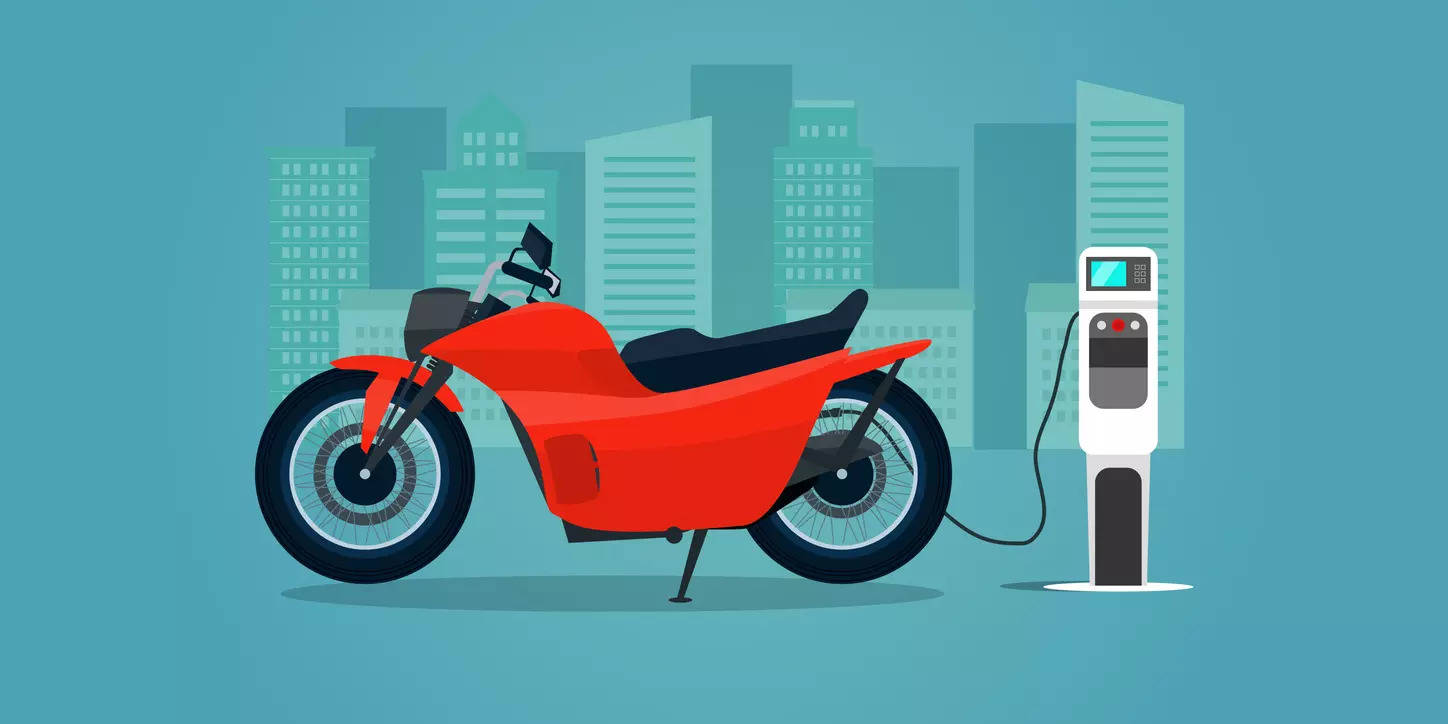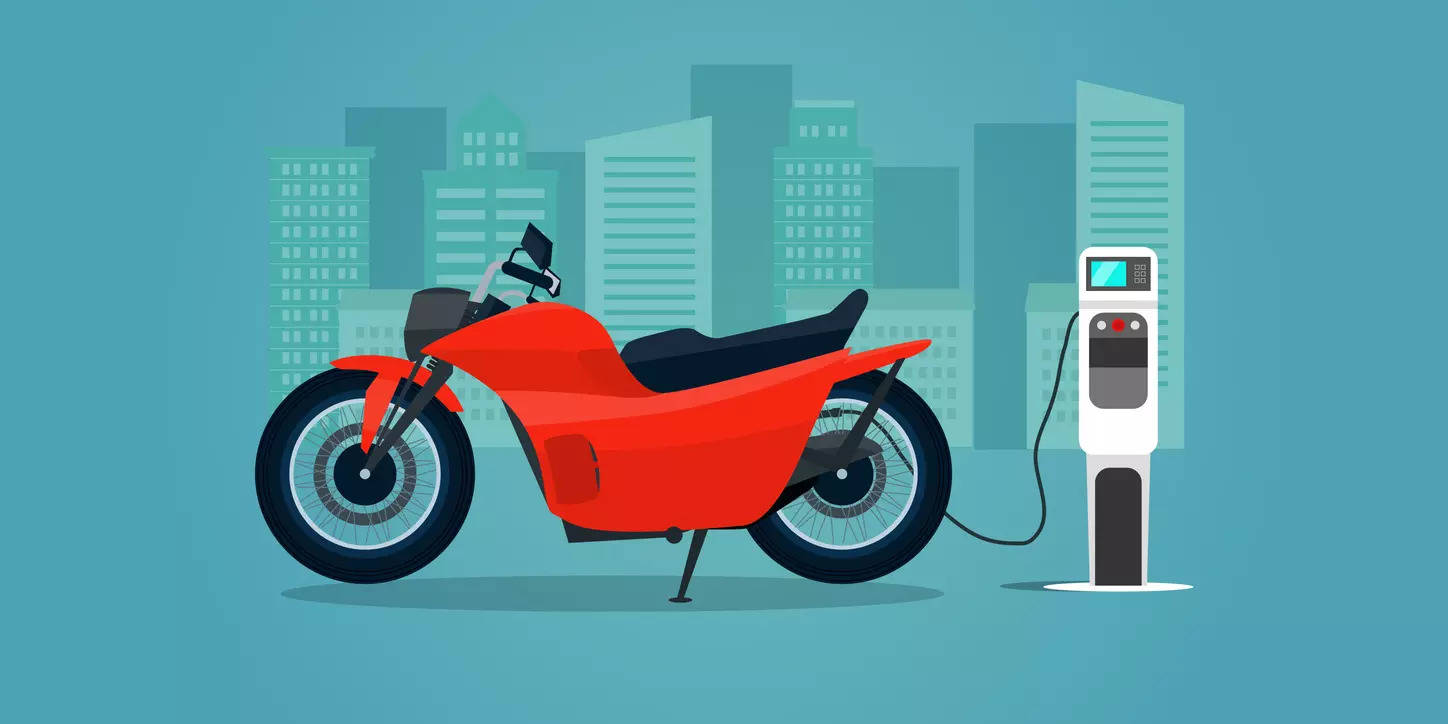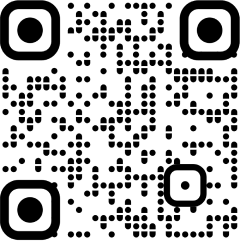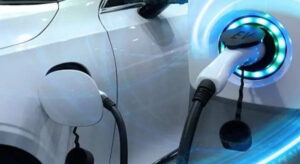
New Delhi: The rise of dependable electric two-wheelers (E2W) is transforming transportation. Recent breakthroughs in battery technology have allowed the creation of electric vehicles with better range and performance, giving people access to cleaner and more cost-effective options for their commutes. With the fuel prices scenario, traditional ICE (internal combustion engine) motorcycles and scooters are increasingly less affordable, besides being more polluting: it costs INR INFR 2-2.5/km to operate an ICE 2W compared to INR 0.3-0.5/km for a similar EV.While this opens up a new era in mobility and more opportunities for manufacturers, competition in the E2W market is already heating up. To stand out, original equipment manufacturers (OEMs) need to not only differentiate their product but also keep production expenses in check. For instance, investing in integrated controllers or next-generation charging solutions can give manufacturers an edge but without a plan to manage the cost it adds, the final product could stay out of reach of their target buyer.
The key to success in the E2W market is in striking a balance between cutting-edge technology, affordability, and product features that resonate with consumers.
From thousands to a few components
Traditionally, a vehicle’s differentiation comes from its thousands of intricate mechanical parts. For E2Ws, only five mechanical and electronic systems, battery, motor, controller, electrical system and electronics, define product performance and brand perception. These five systems make up 50% to 70% of the bill of materials (BOM) cost, they are also difficult to change later. So the choices OEMs make on core systems early on in the design phase can have lasting consequences.
Each design decision a manufacturer makes could influence six key metrics: product performance, sourcing, time to market, capital expenditure, upfront product cost and total cost of ownership (TCO) for the consumer; these metrics determine the kind of consumer demand the E2W product receives.
Six focus areas for E2W differentiation
OEMs need to weigh their differentiation priorities and optimize their design and operations choices accordingly. Cost remains the bedrock metric: optimizing for it could position them to achieve cost advantage while maintaining product value proposition.
Balancing the following six areas of design choices is core to achieving cost advantage and product differentiation, or both.
Design for improved performance: OEMs may choose to maximize features such as adding a liquid cooling mechanism for the motor and controller system for better thermal performance and range. But they need to factor in the increased product cost because of it.
Design for sourcing effectively: Optimizing design for cost means strategic sourcing. For example, using ferrite magnets over rare earths allows for cheaper localized sourcing, but that adds weight and bulk to the product which could hurt its efficiency.
Design for optimized time to market: The right mix of in-house development and off-the-shelf components can accelerate time to market. While in-house features such as custom battery packs or controllers can bring about technological leadership, they also require more development effort and could delay product launch.
Design for capex boost: Certain choices can impact capital outlay. For example, using thermal potting in the stator core of the motor improves thermal management, but requires process automation, which bumps up investment for the production line by 5-10%, going by the investments OEMs are making.
Design for value: Optimizing total ownership costs involves not only an attractive purchase price but also lower long-term expenses for consumers. For instance, a boltable BLDC (Brushless Direct Current) motor simplifies service and part replacement, reducing long-term expenses but comes with a higher upfront product cost.
Design for cost leadership: This strategy prioritizes creating a cost-optimized design which is best in its class, and becomes the core principle for evaluating every operational detail.
(Disclaimer: Brajesh Chhibber is a Partner, and Sriram Natarajan is a Knowledge Expert, at McKinsey & Company’s Gurugram & Chennai offices, respectively. Views are personal.)






